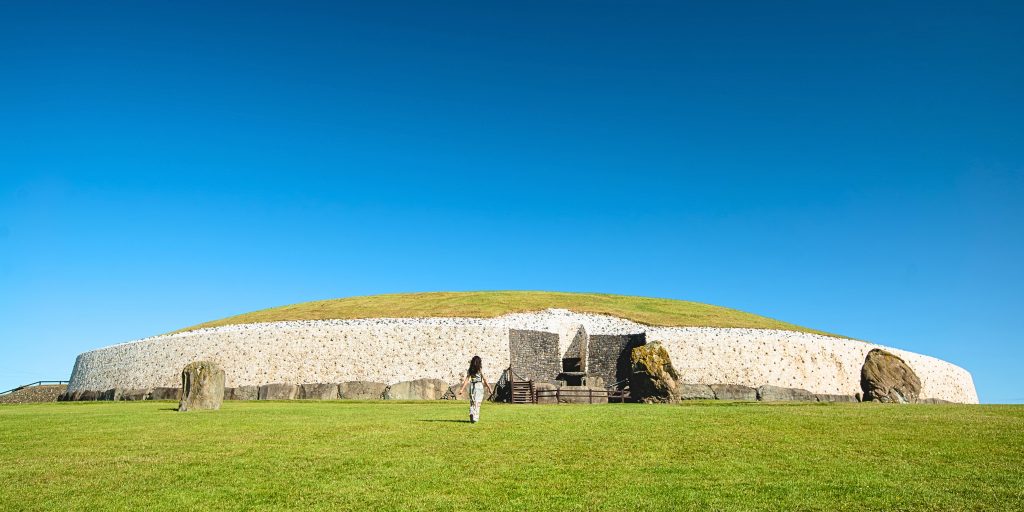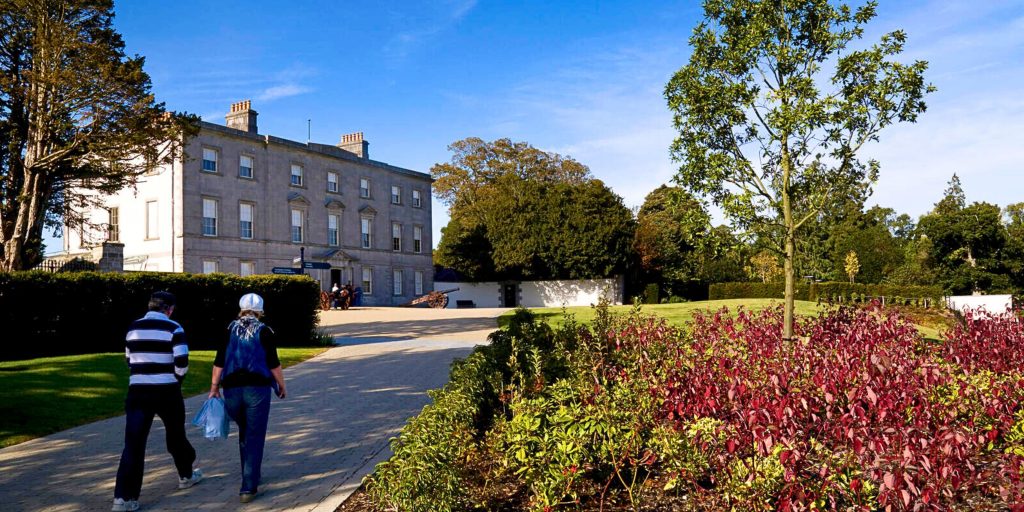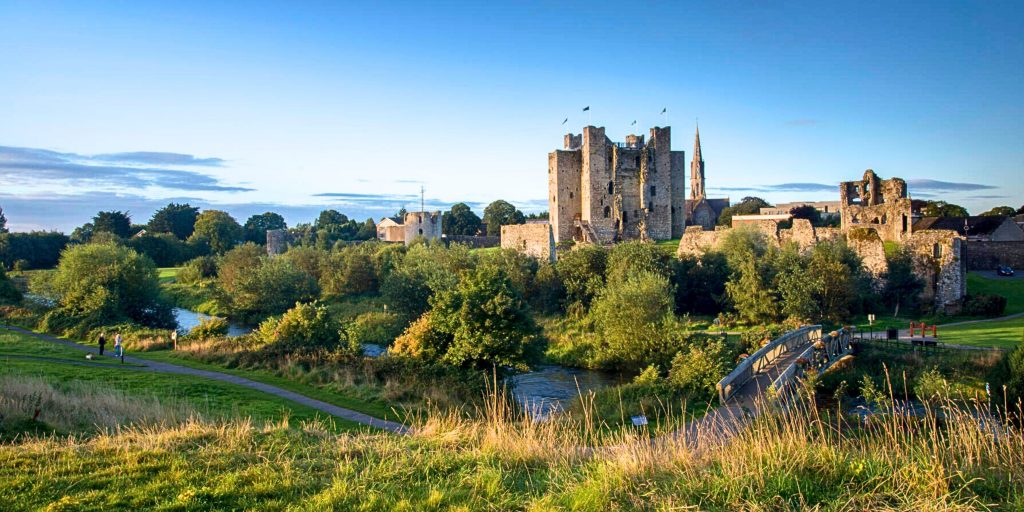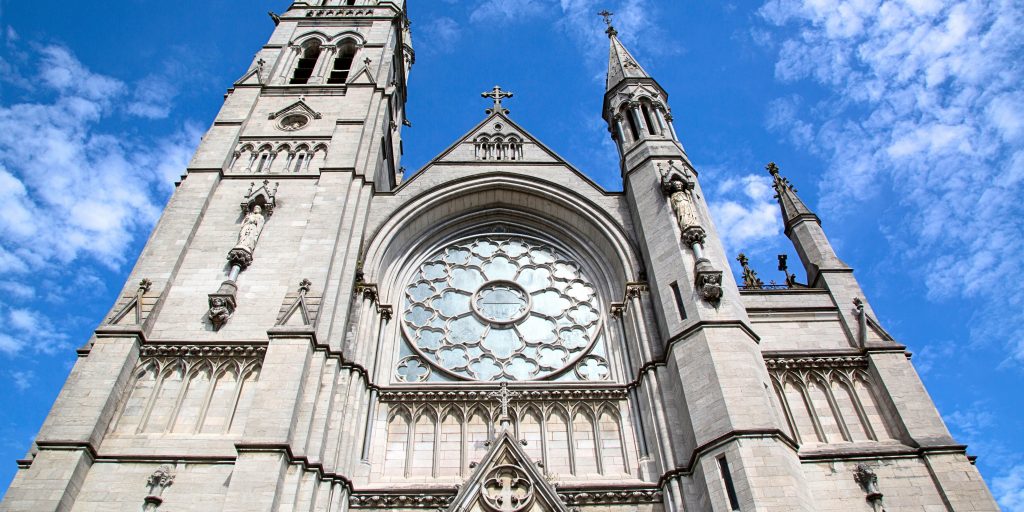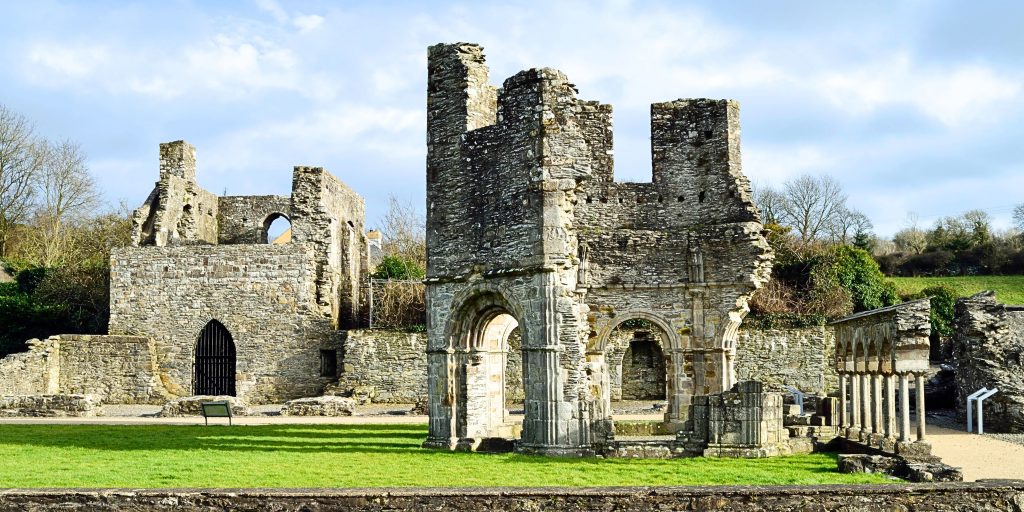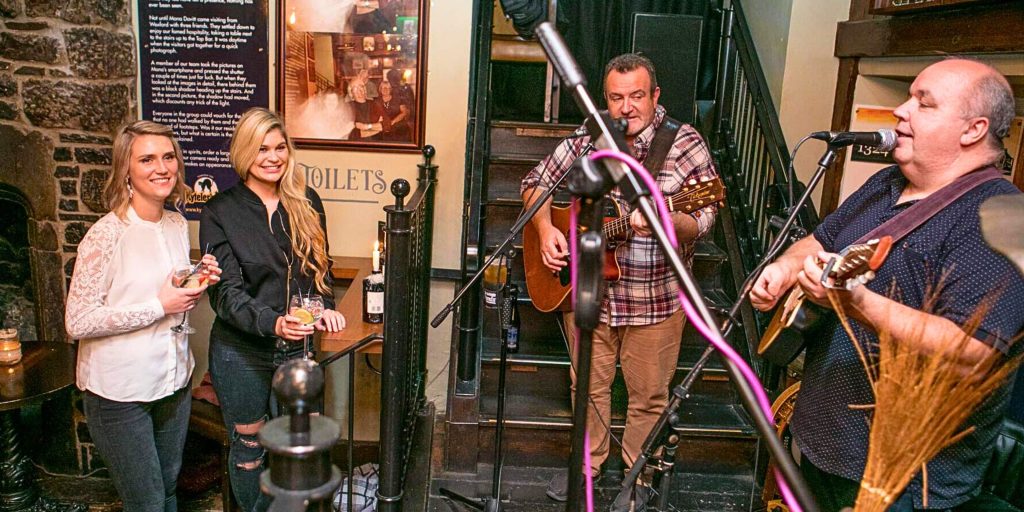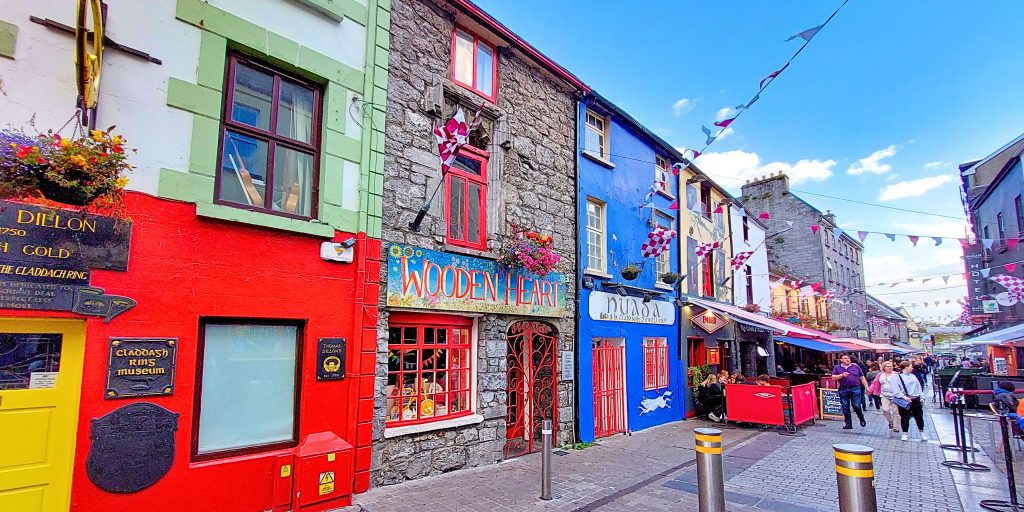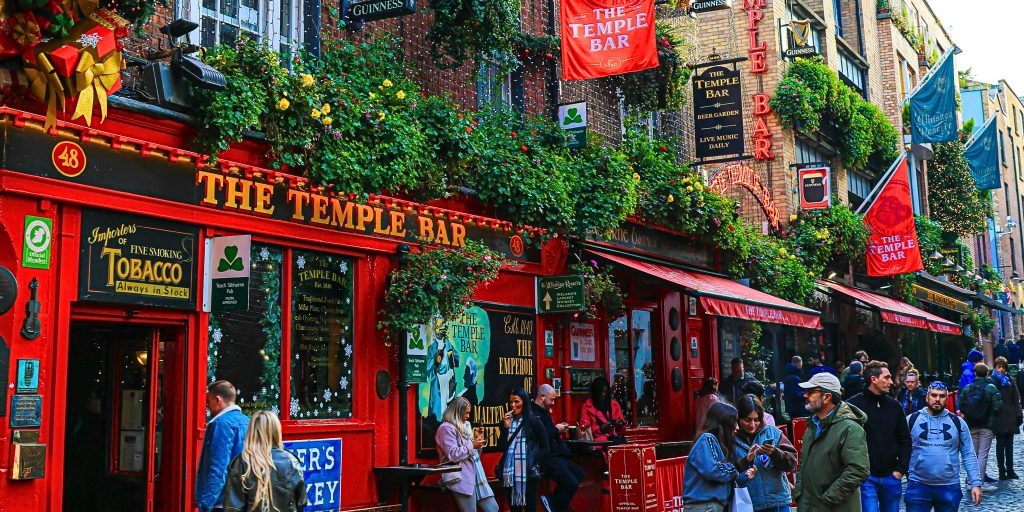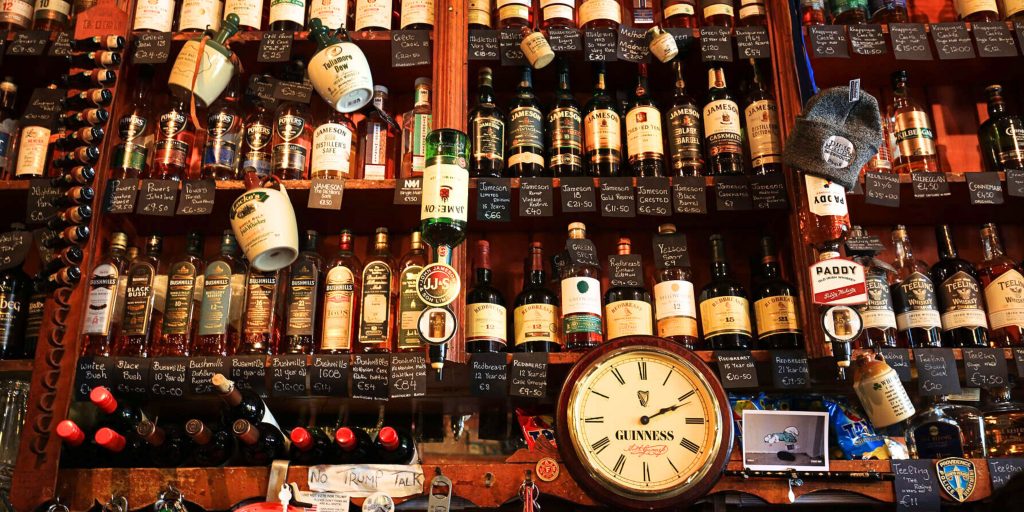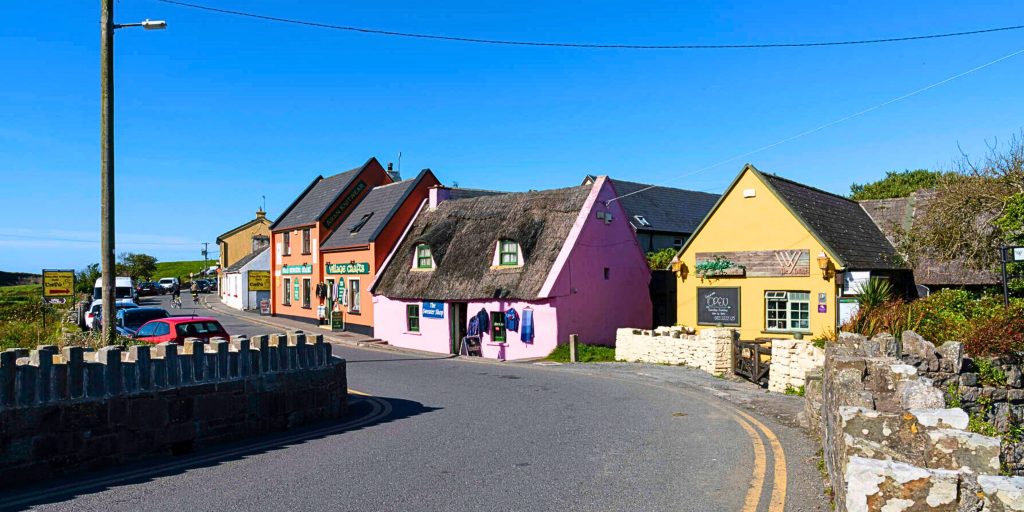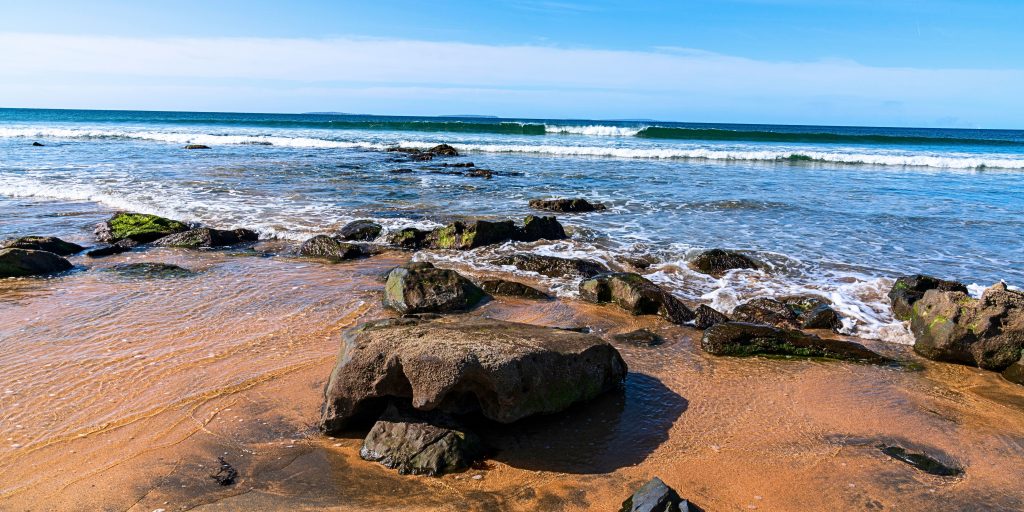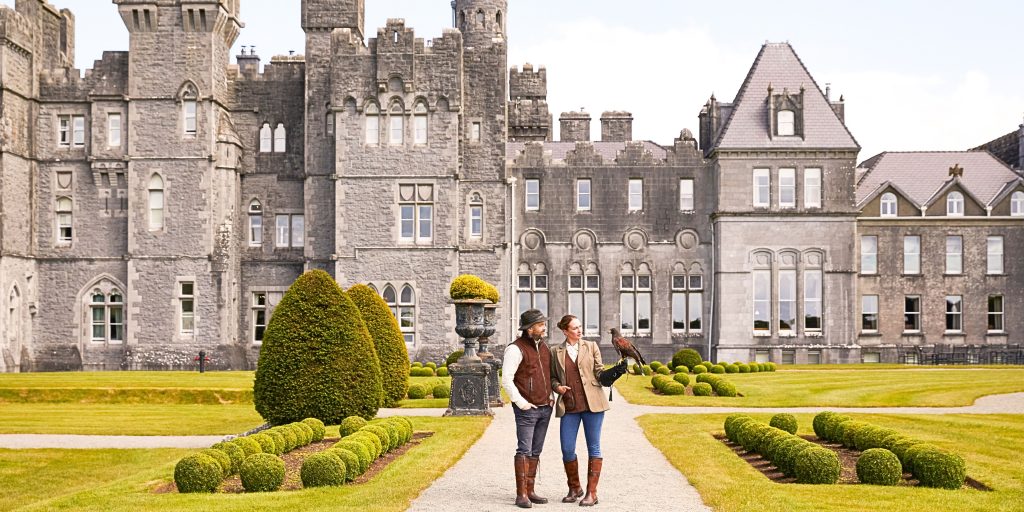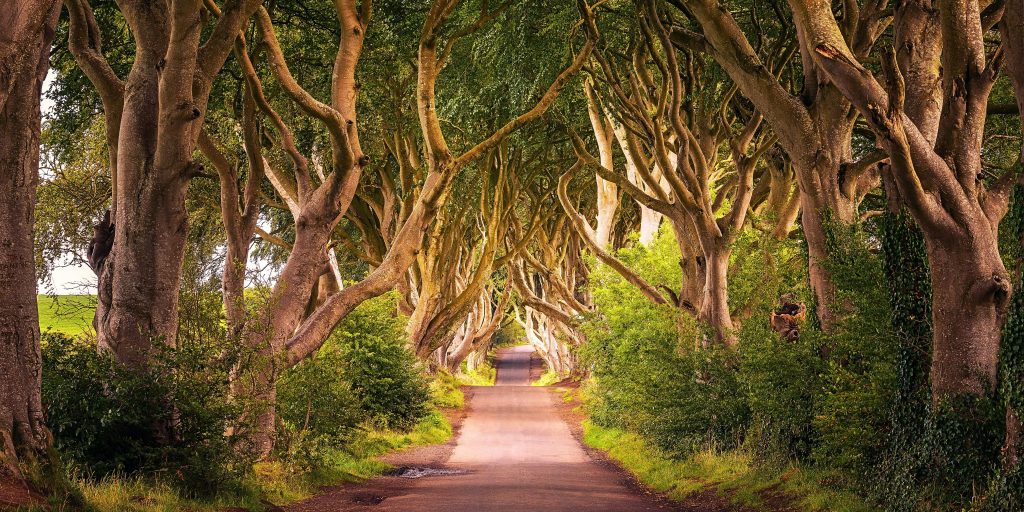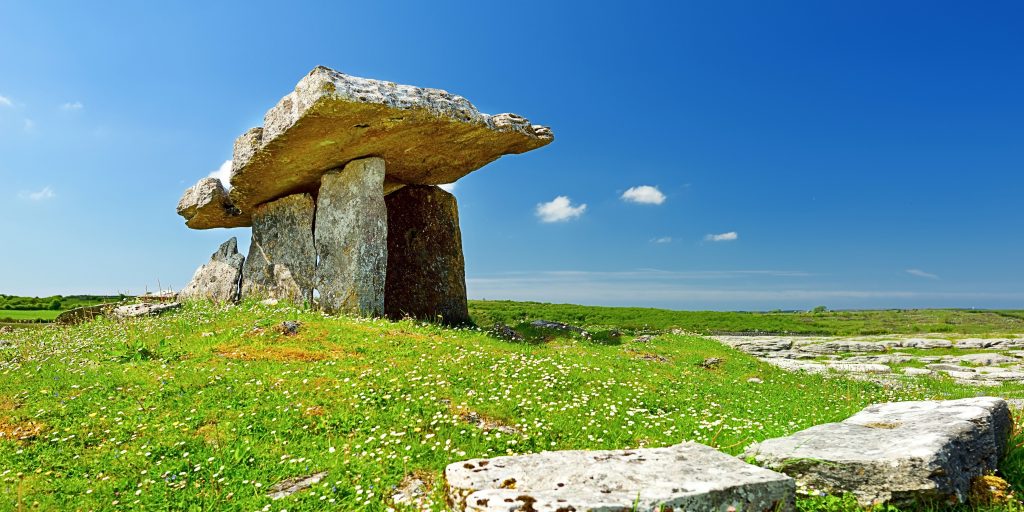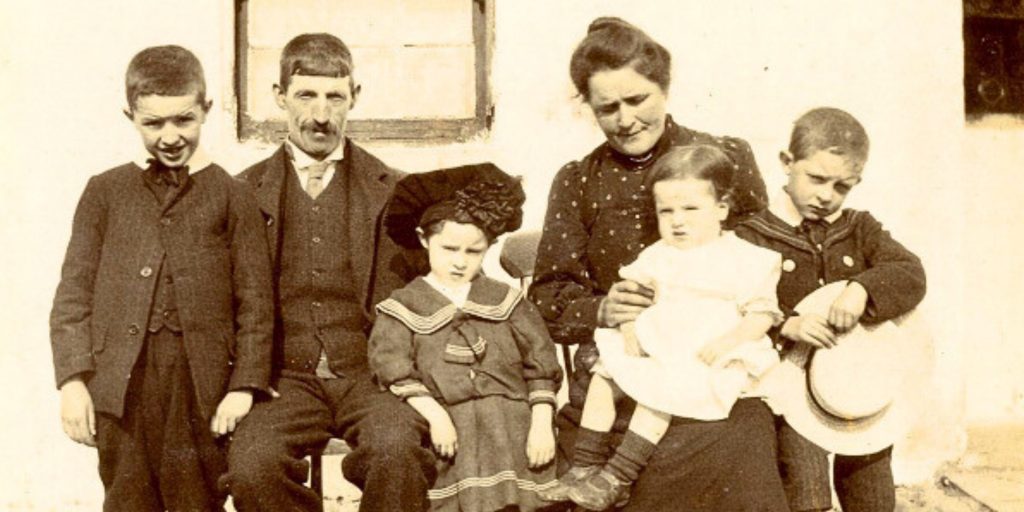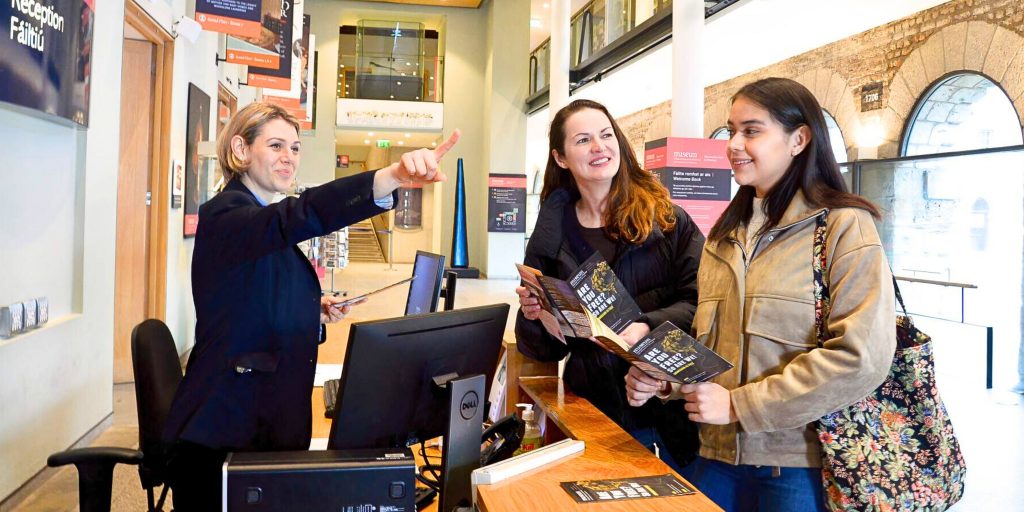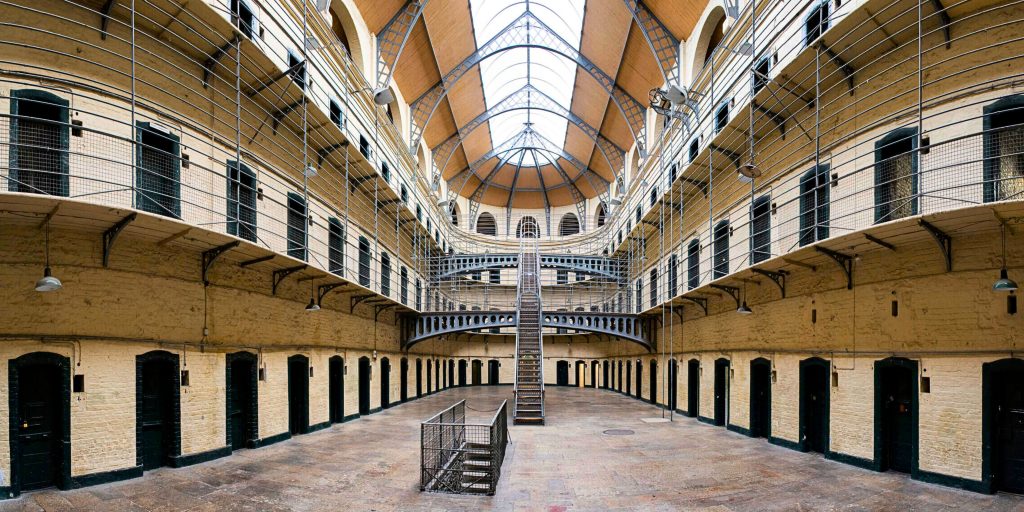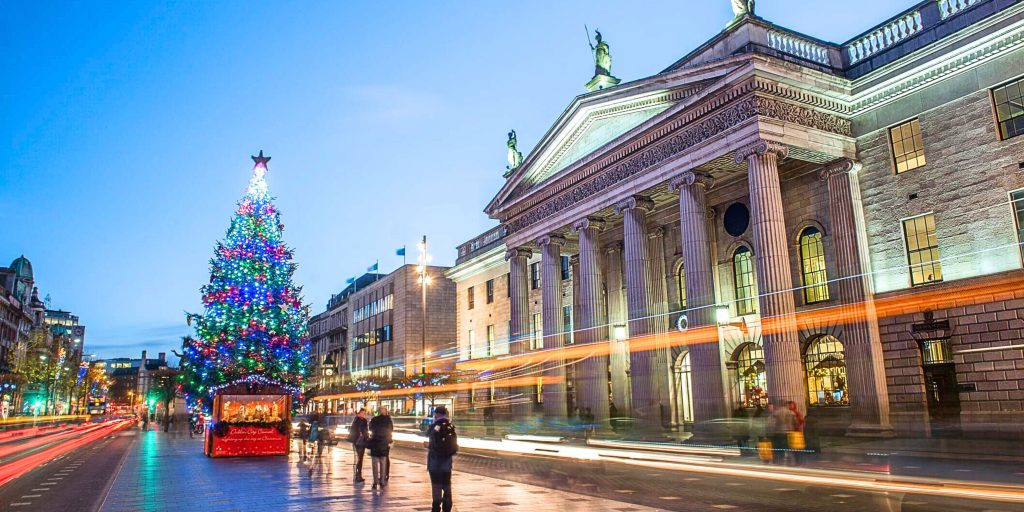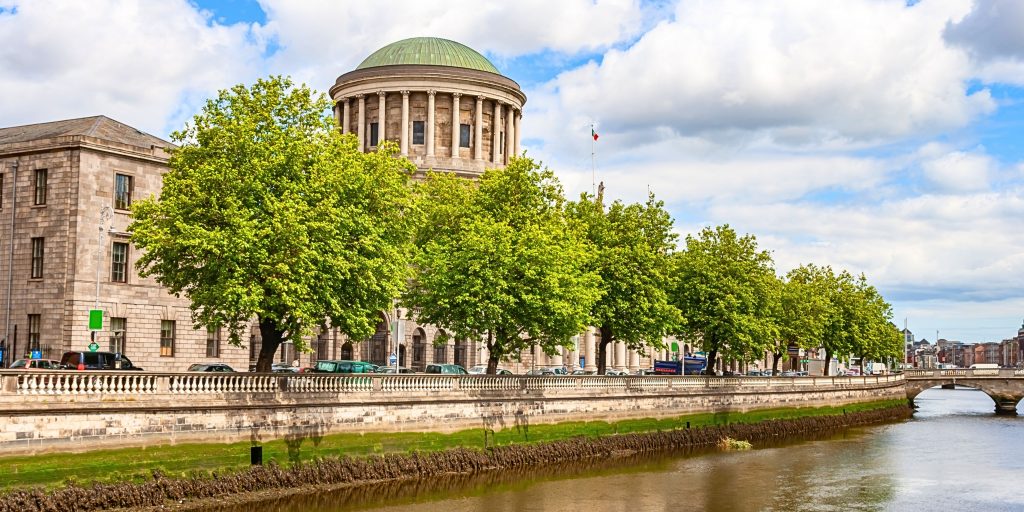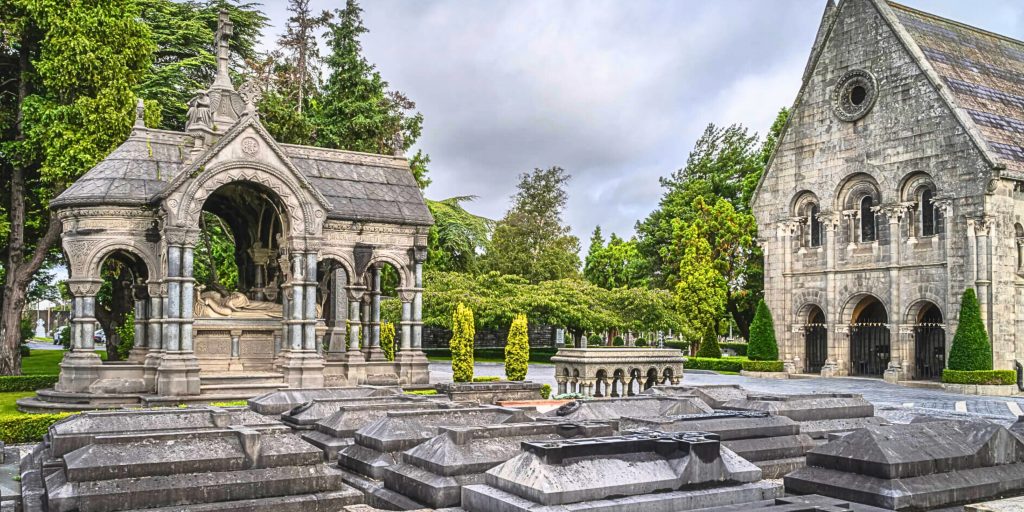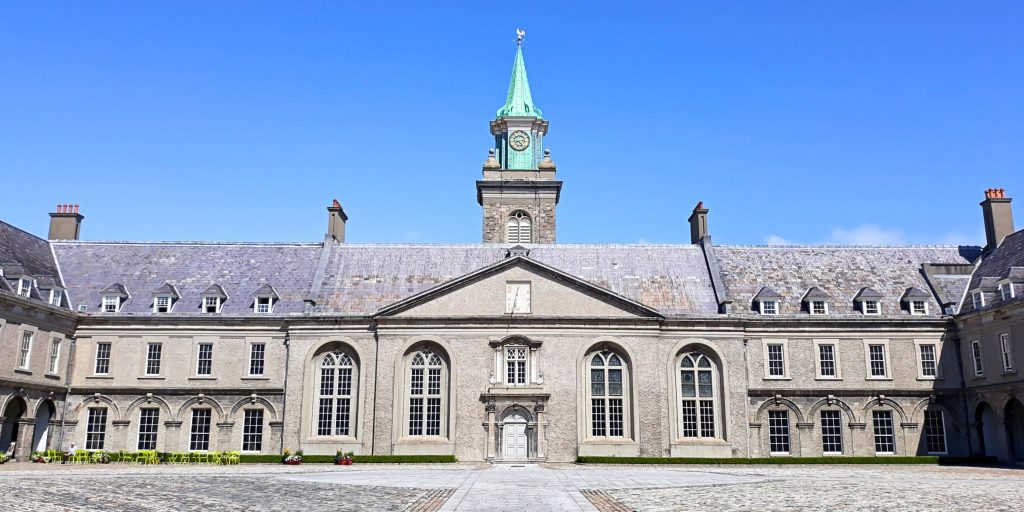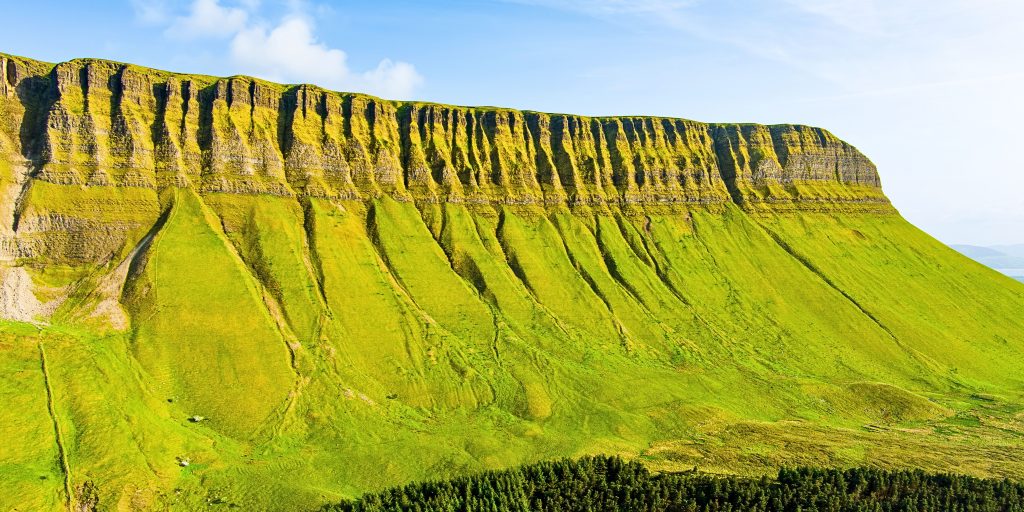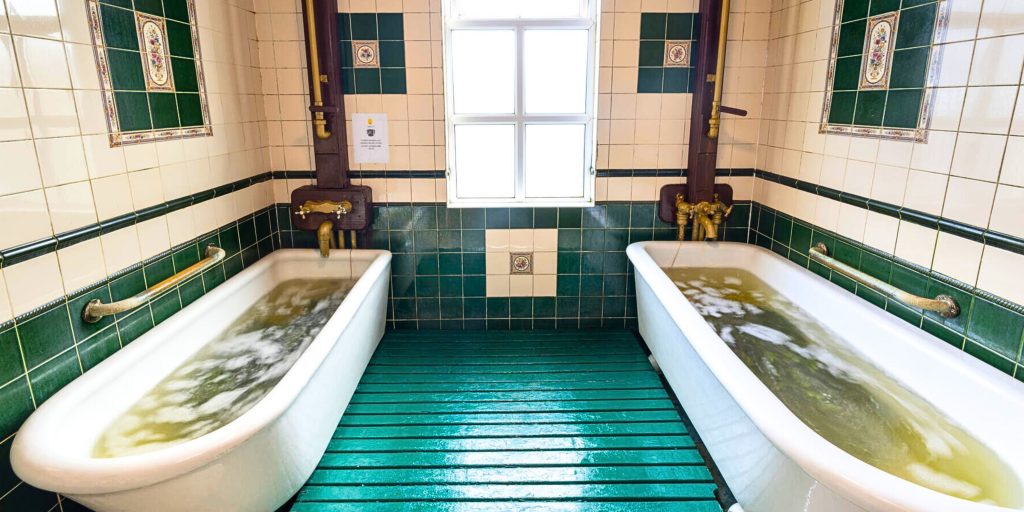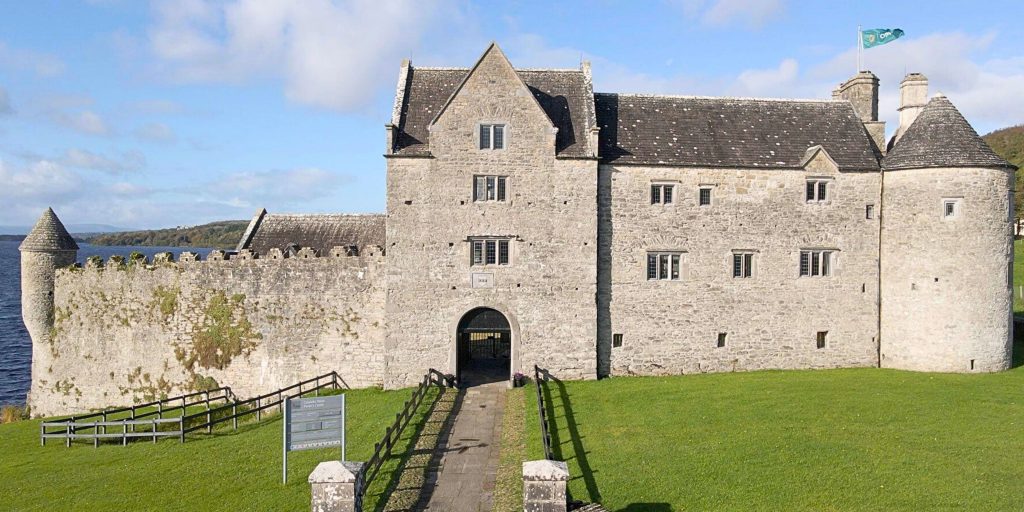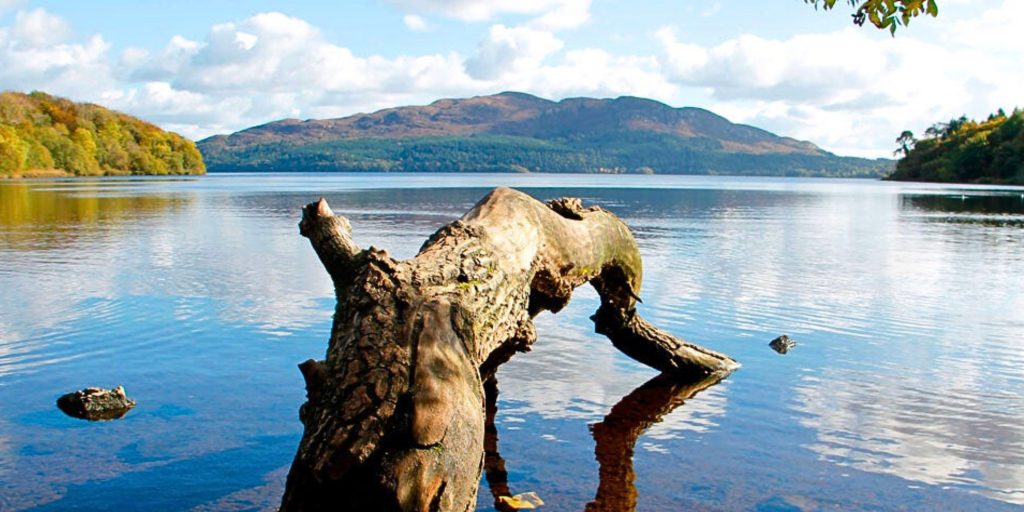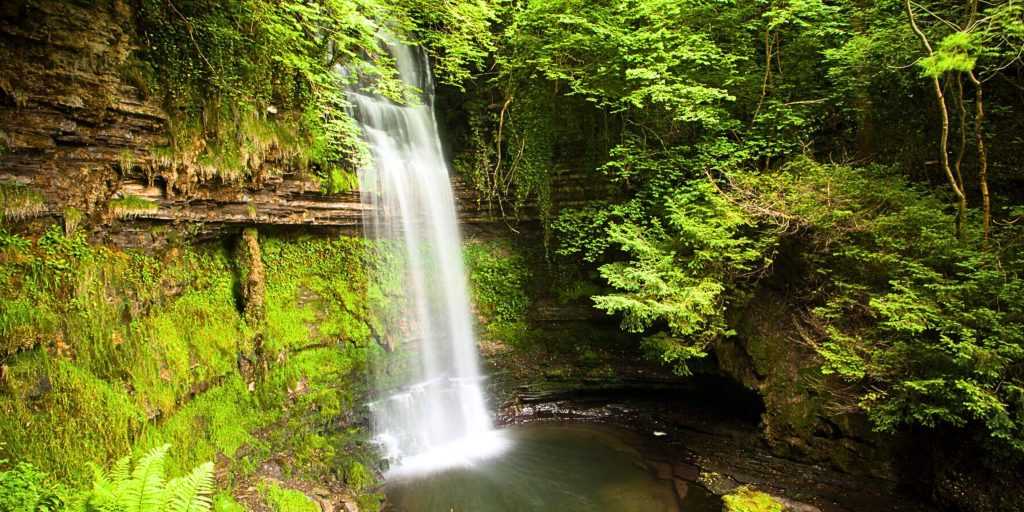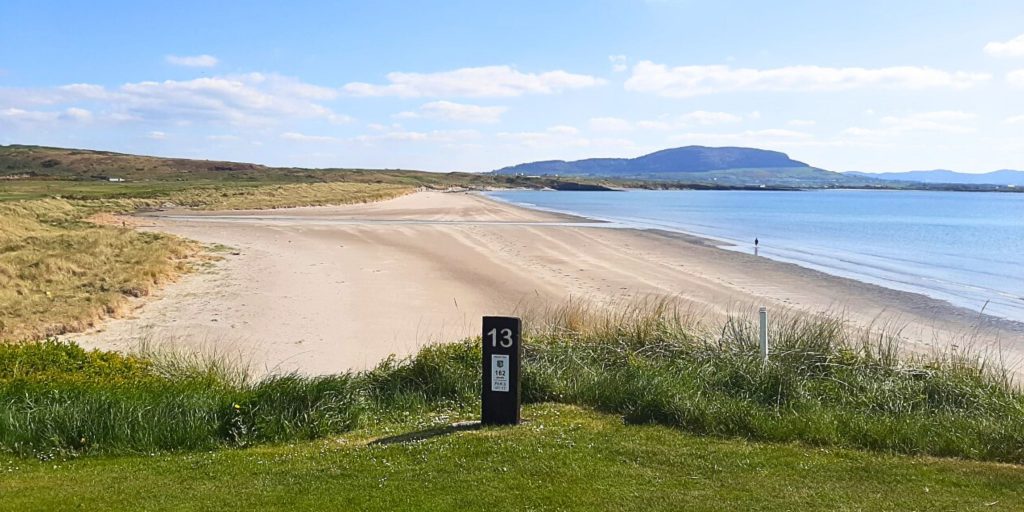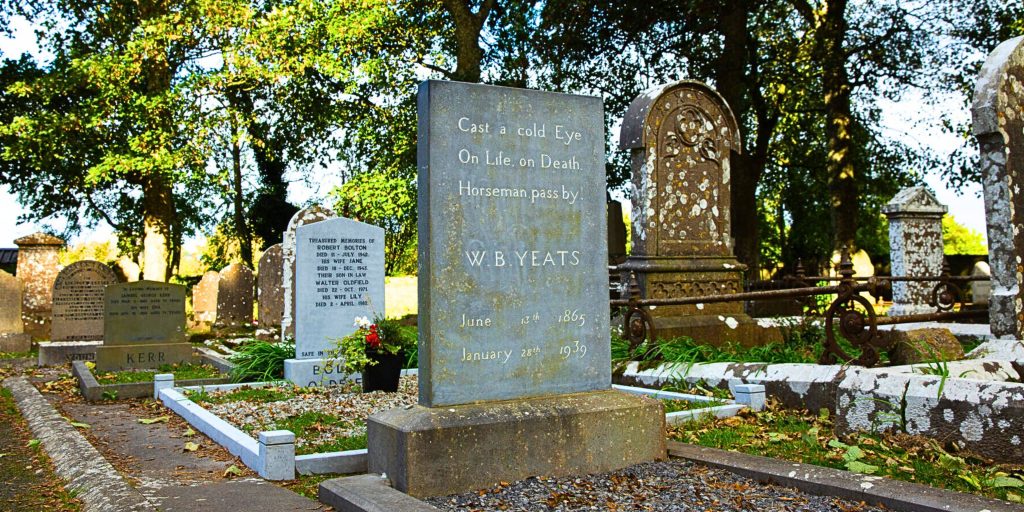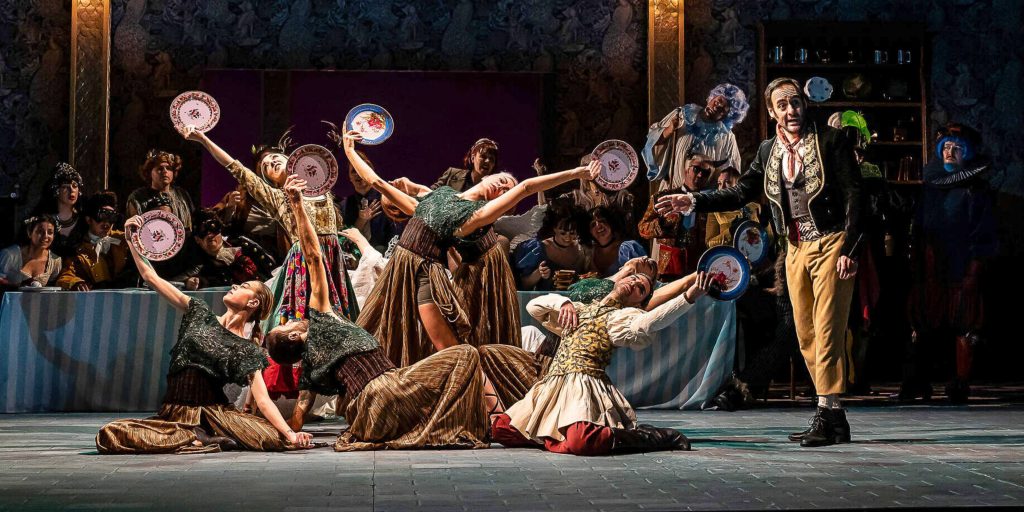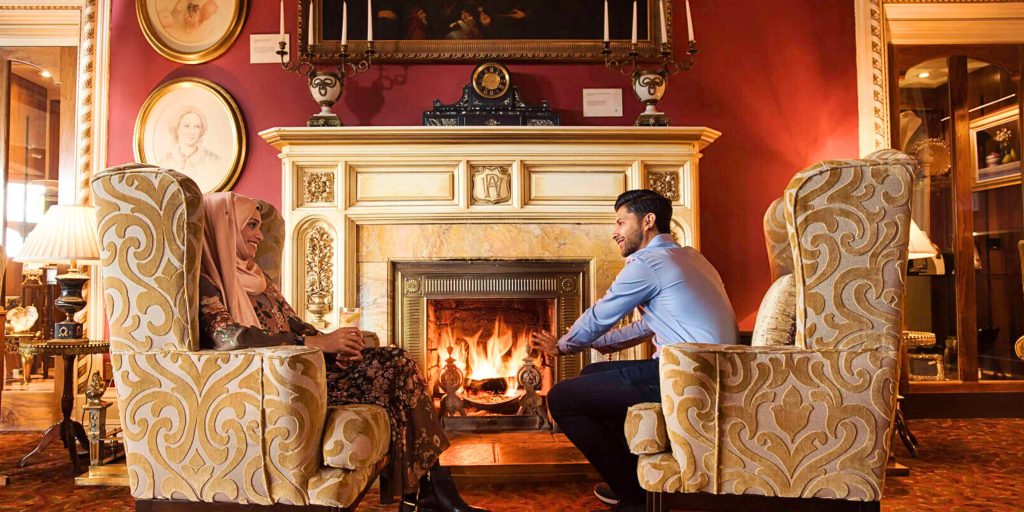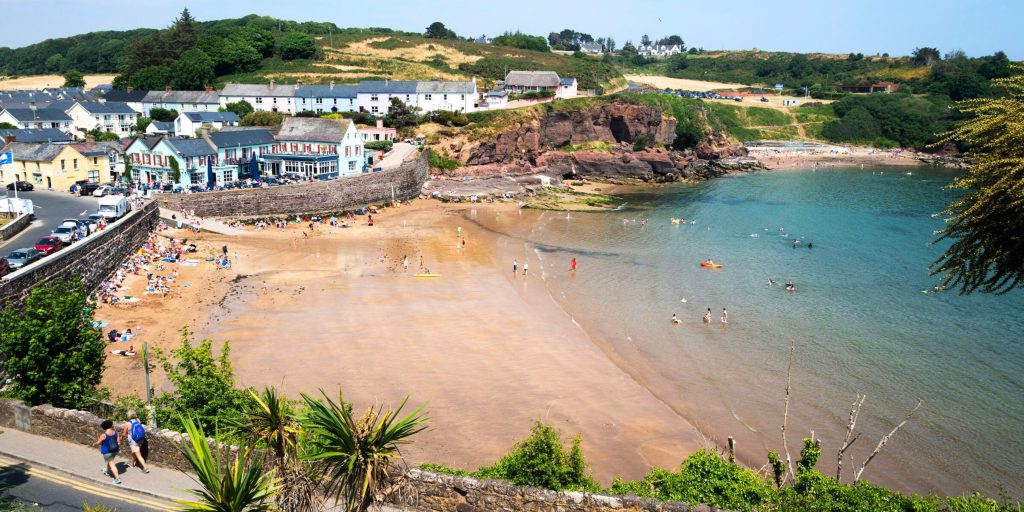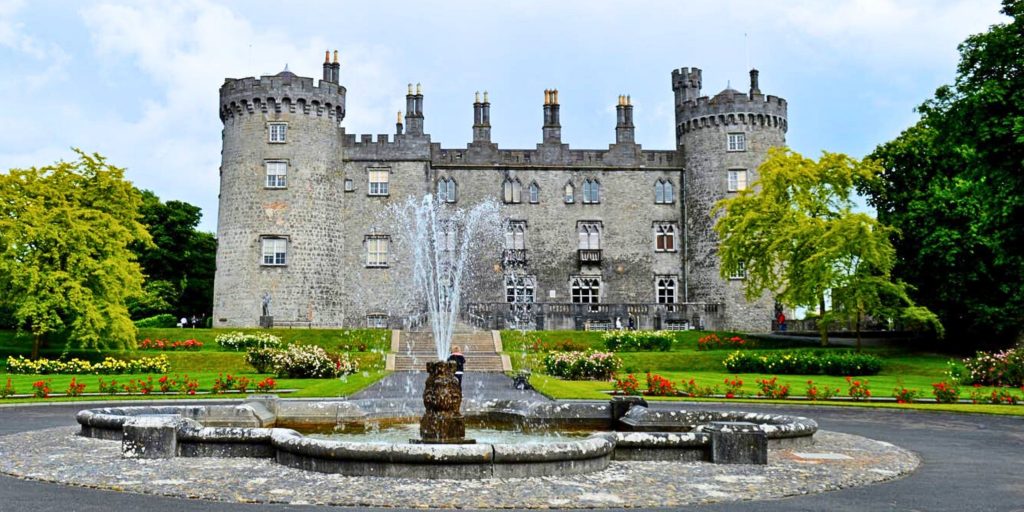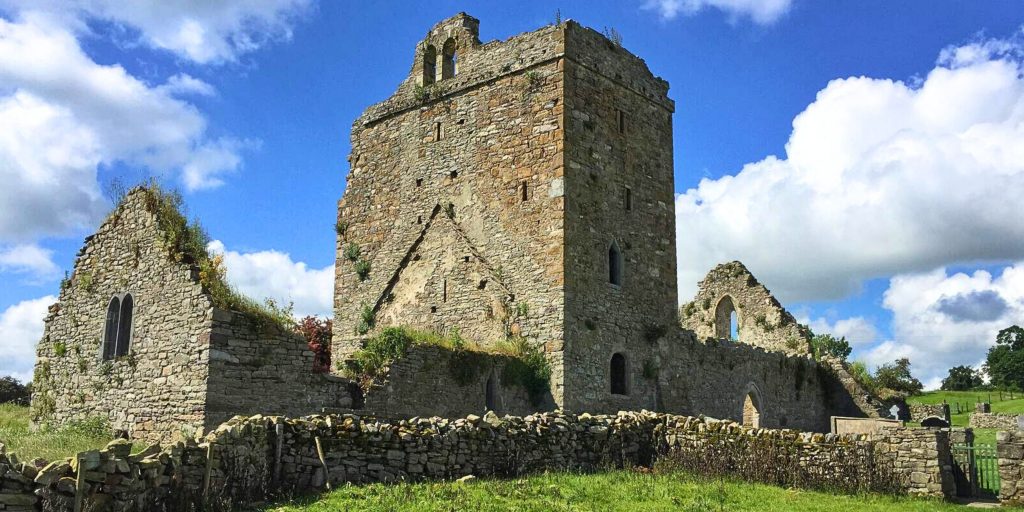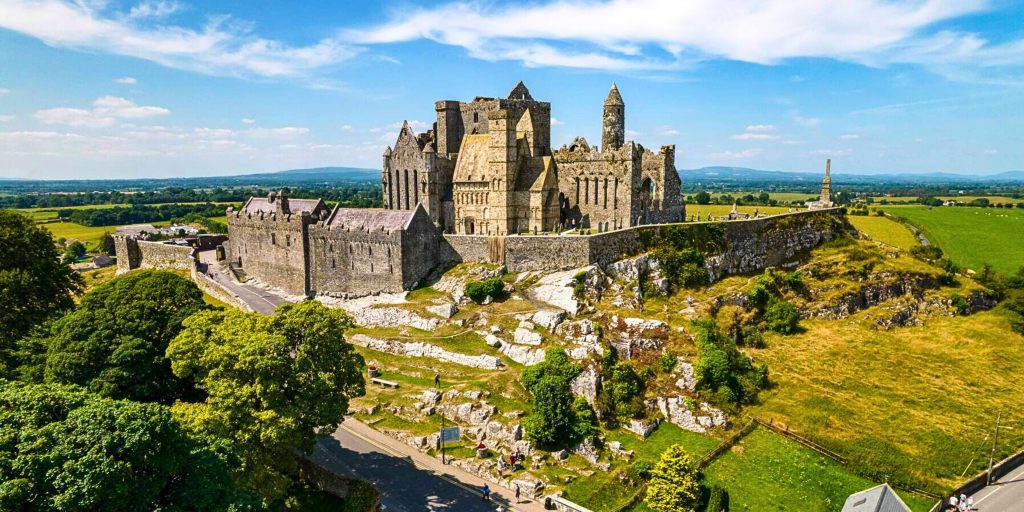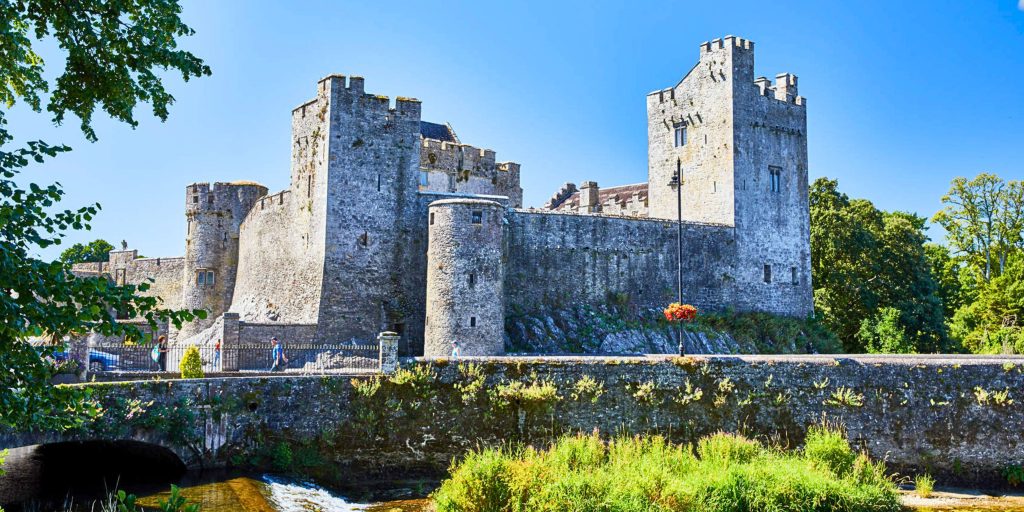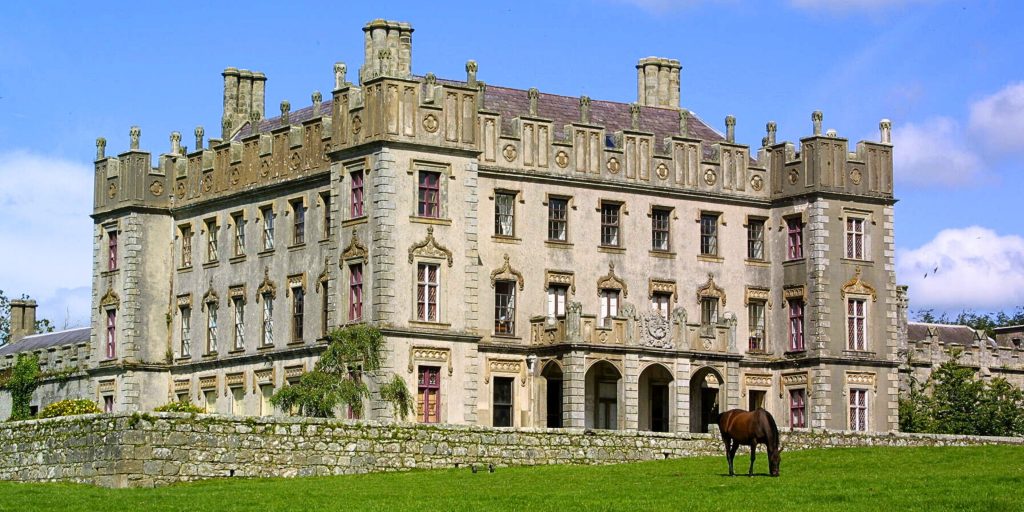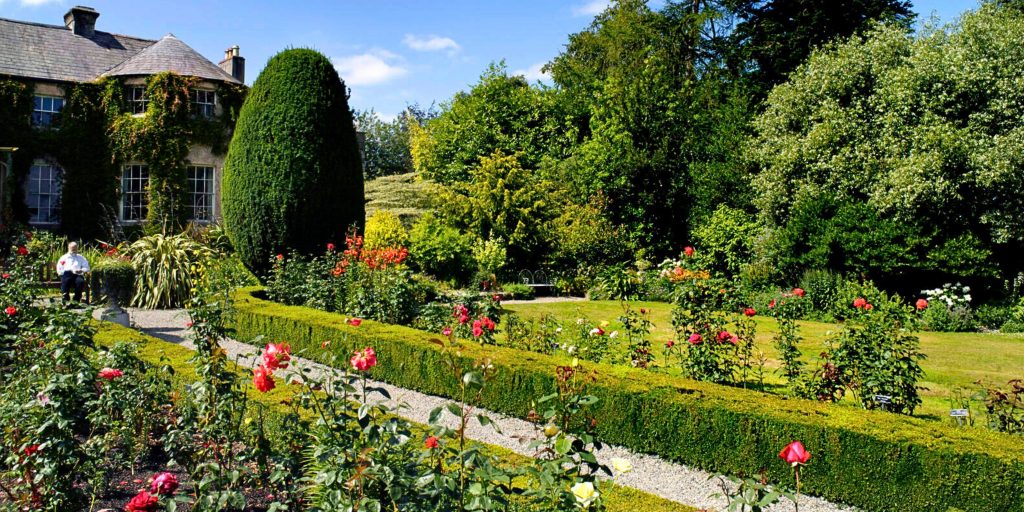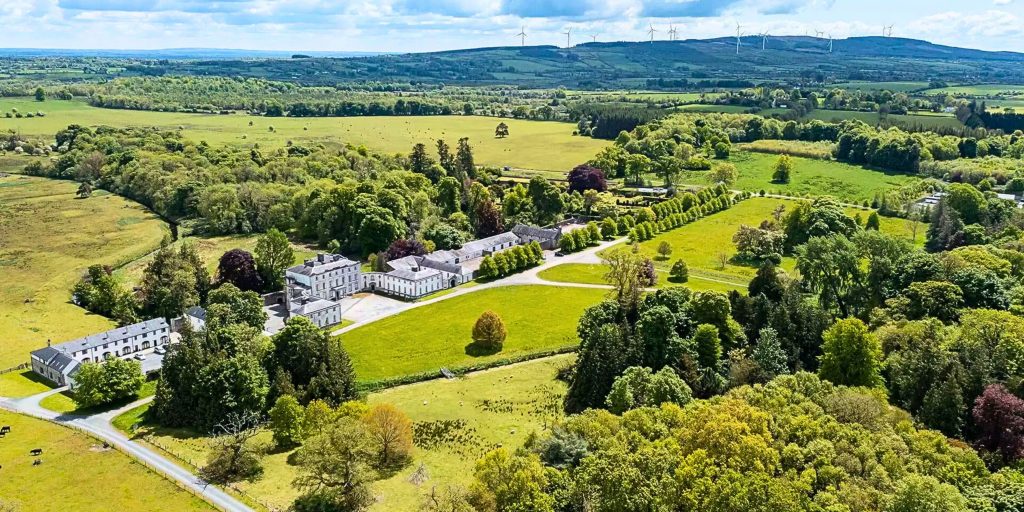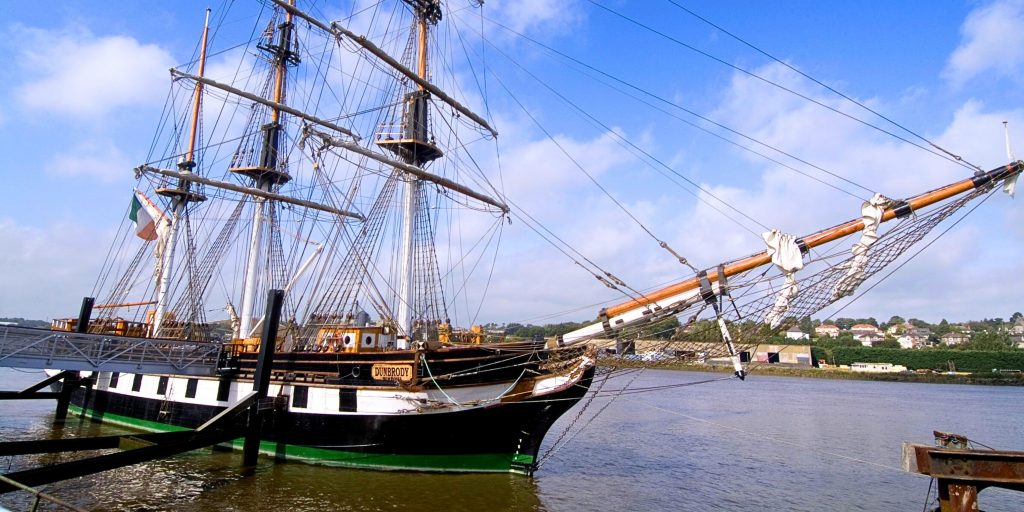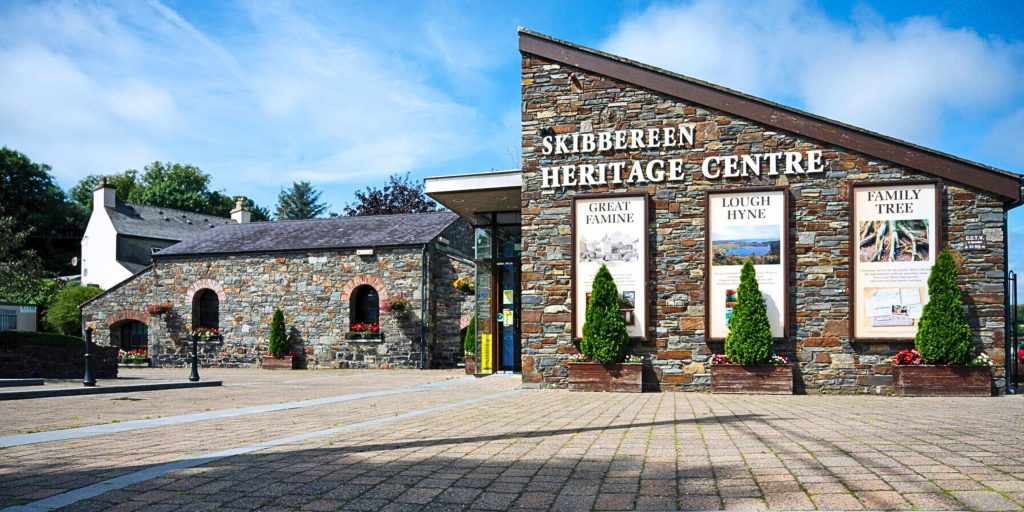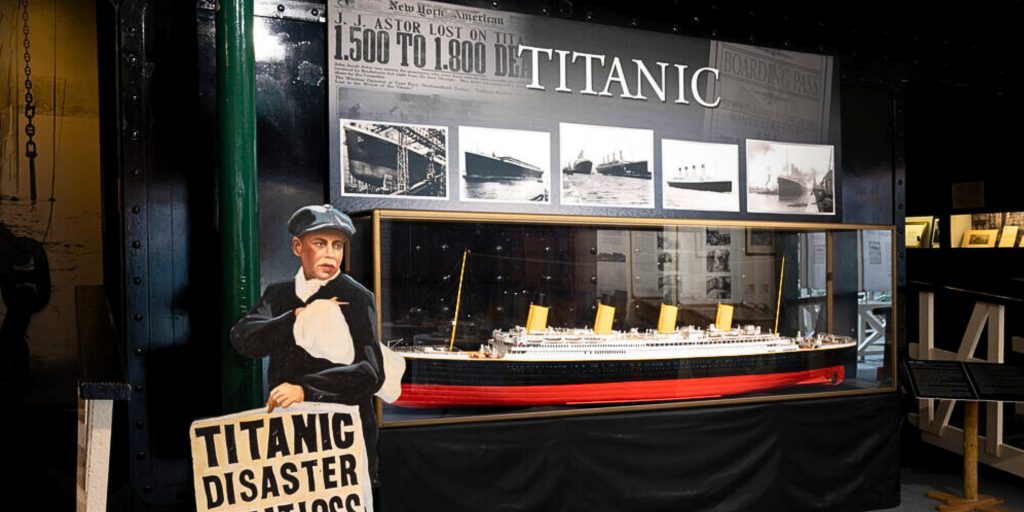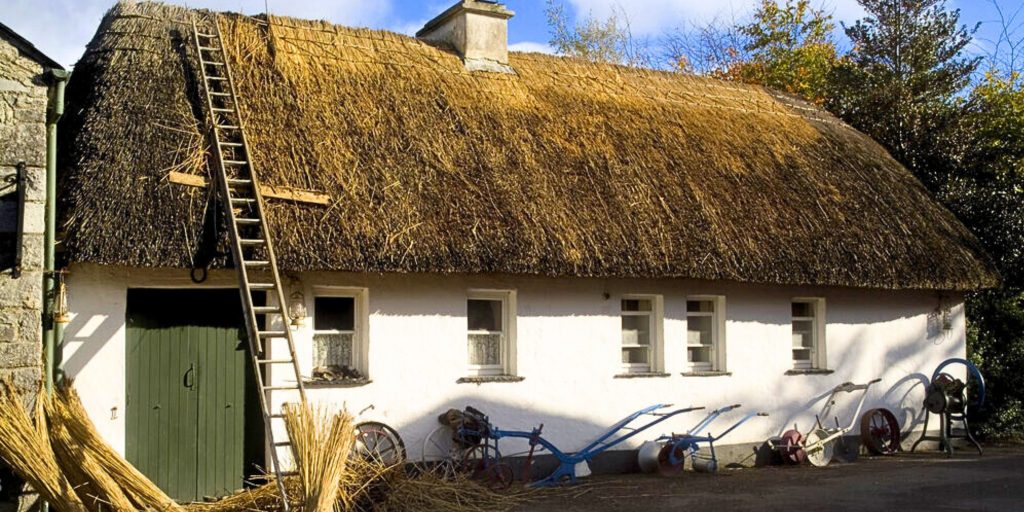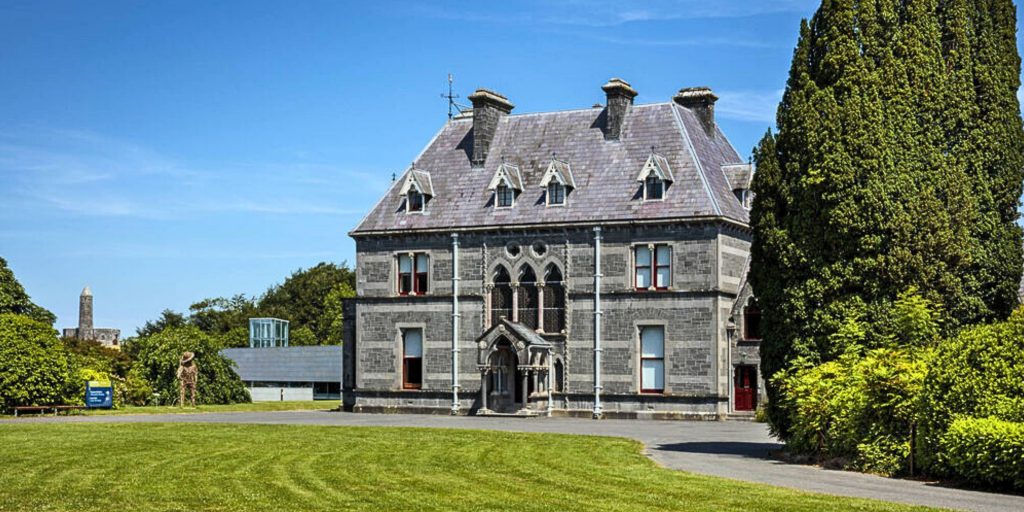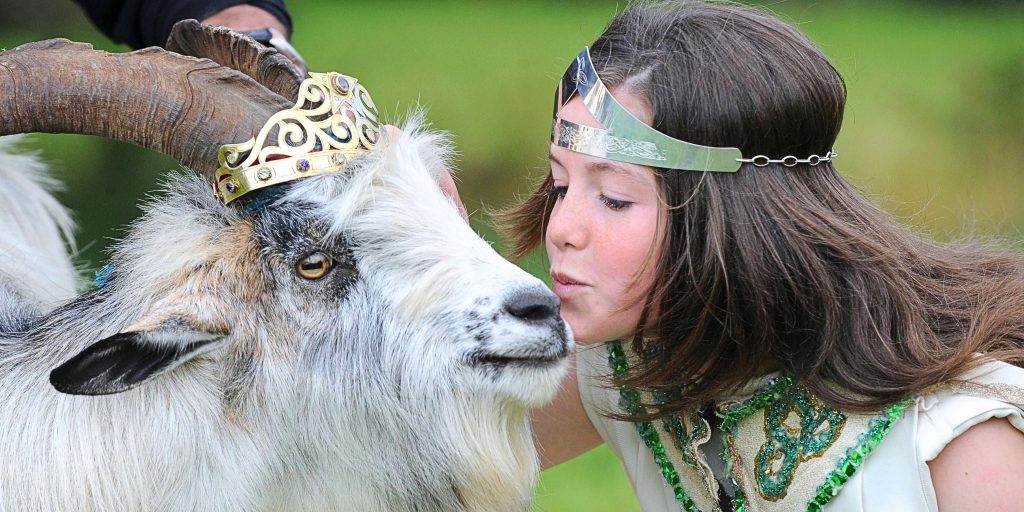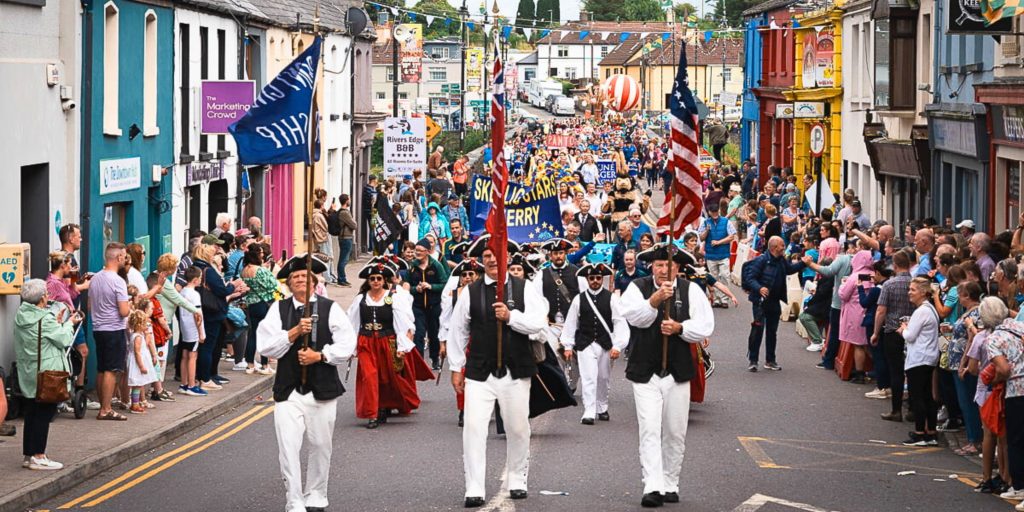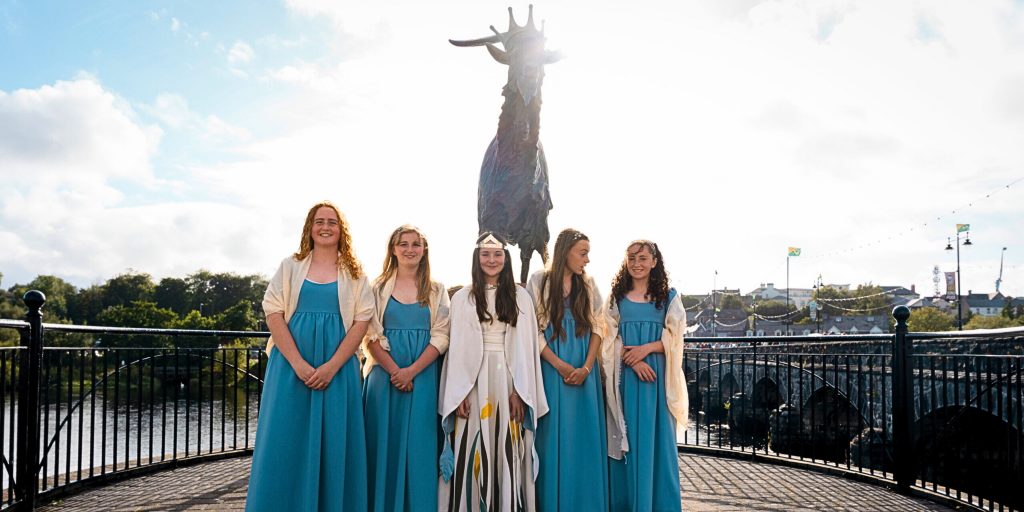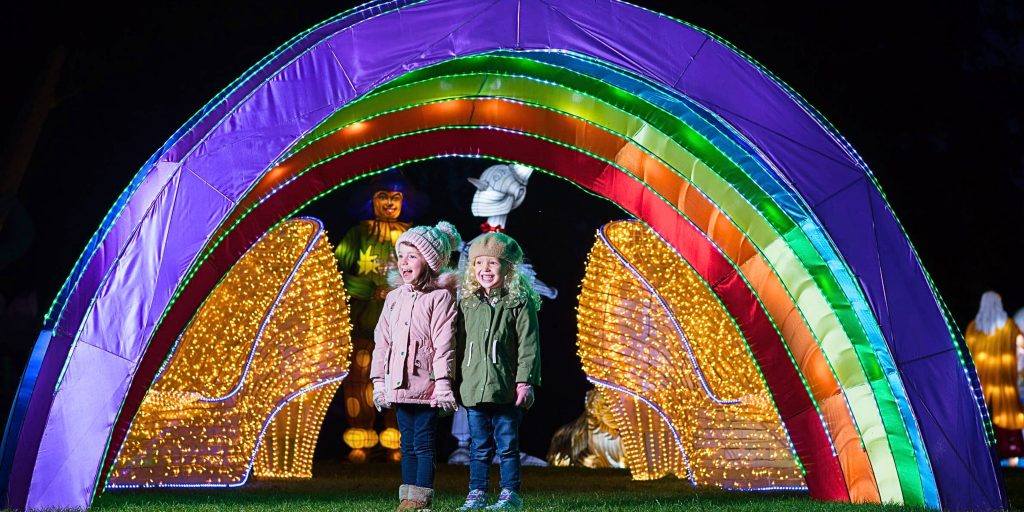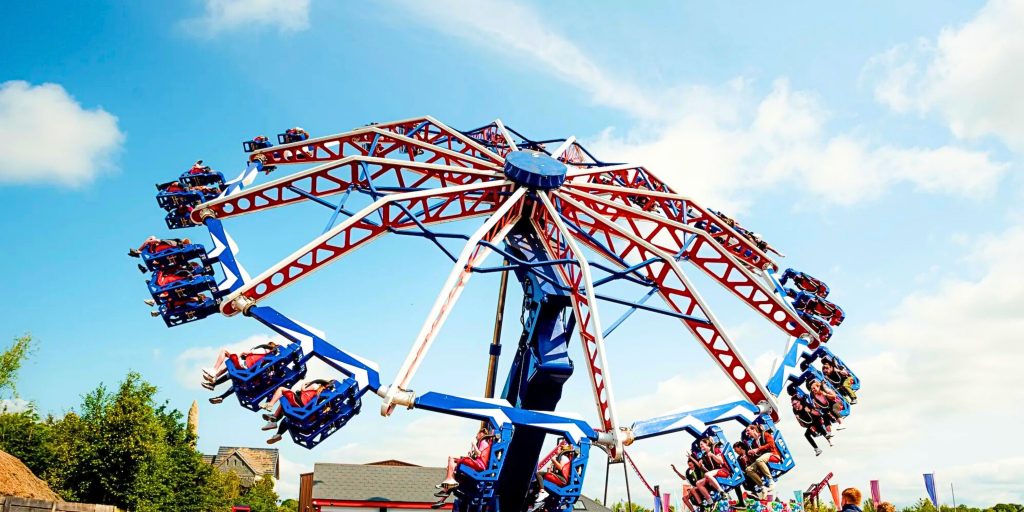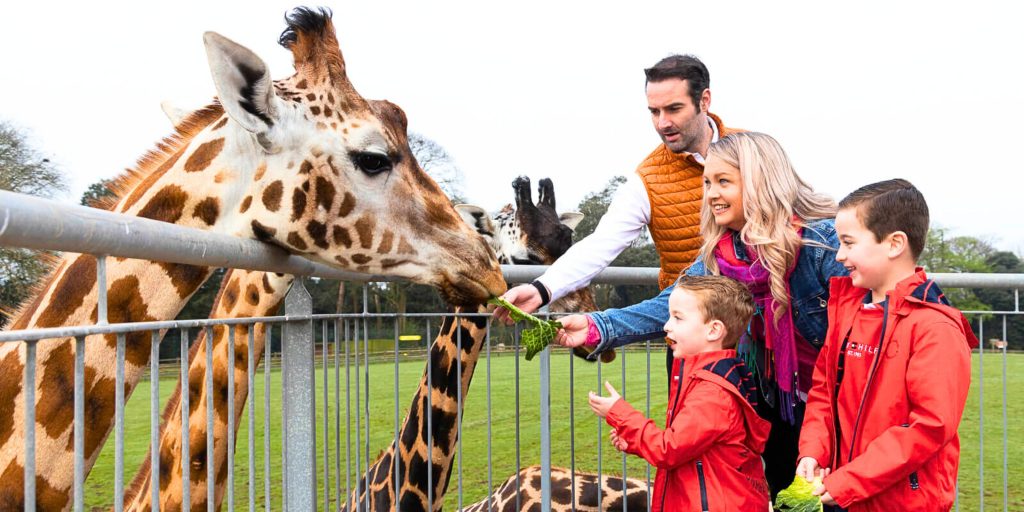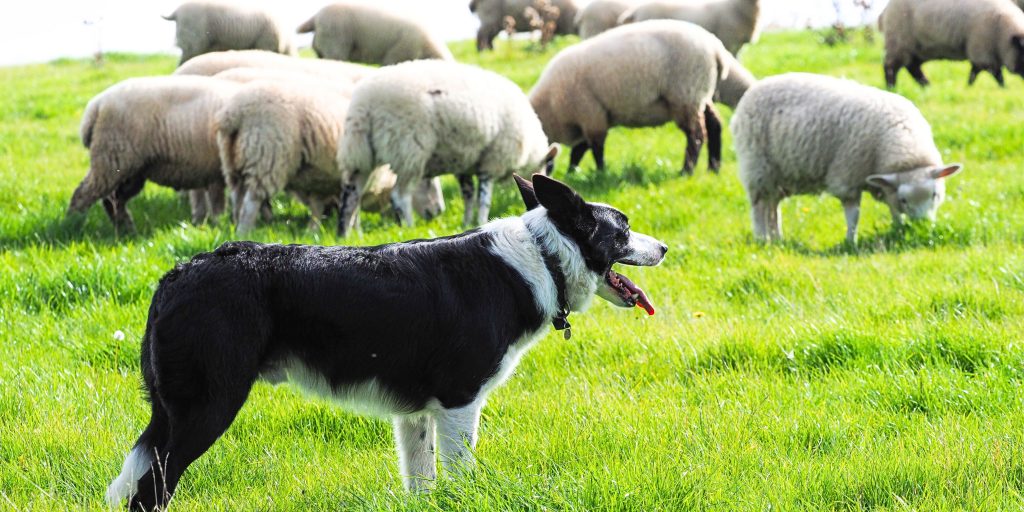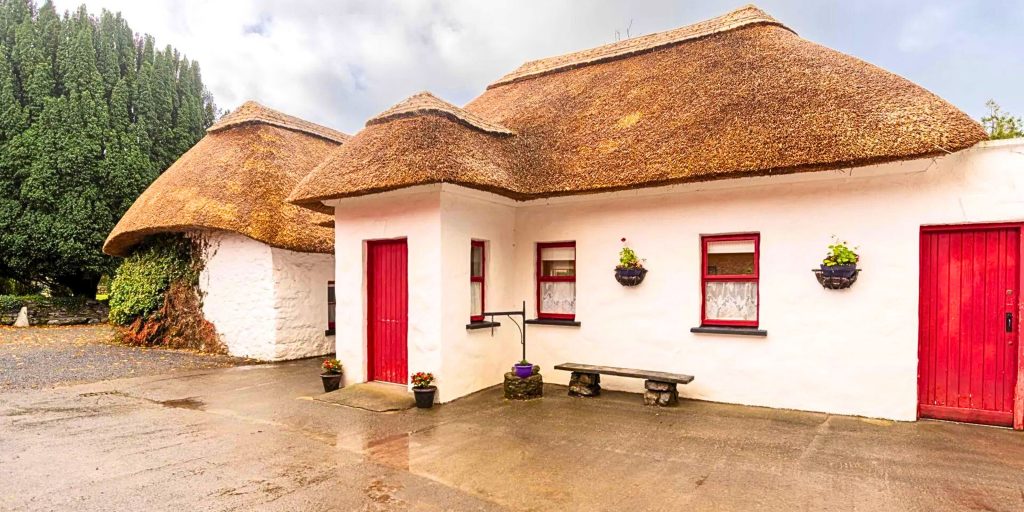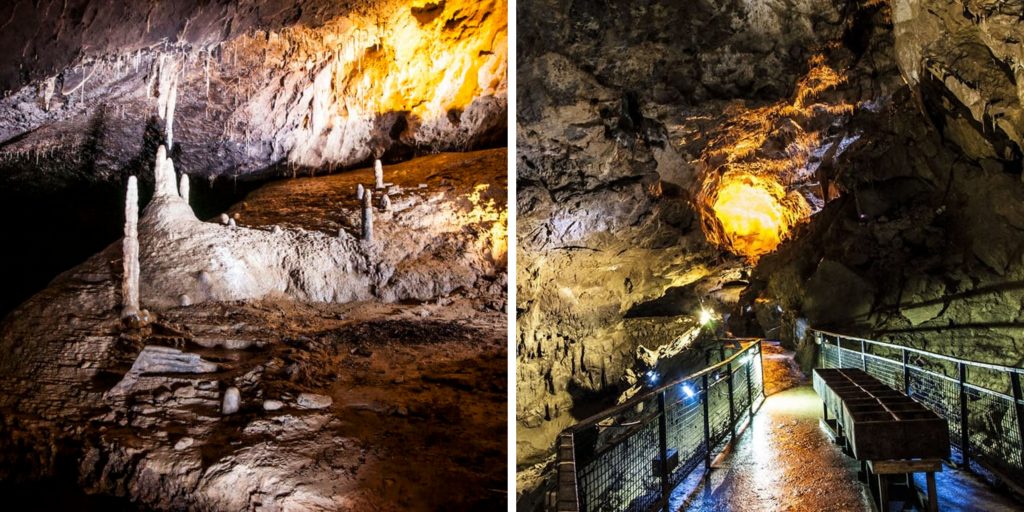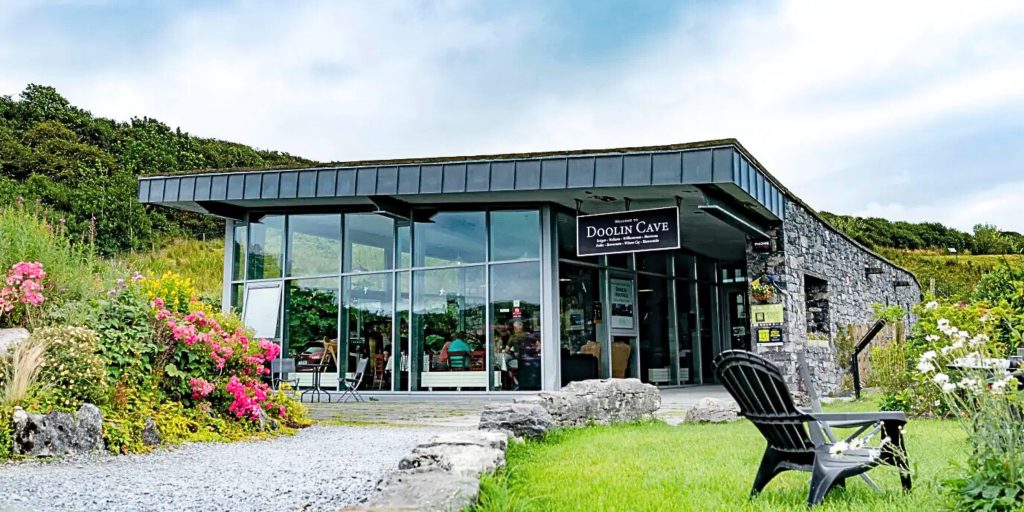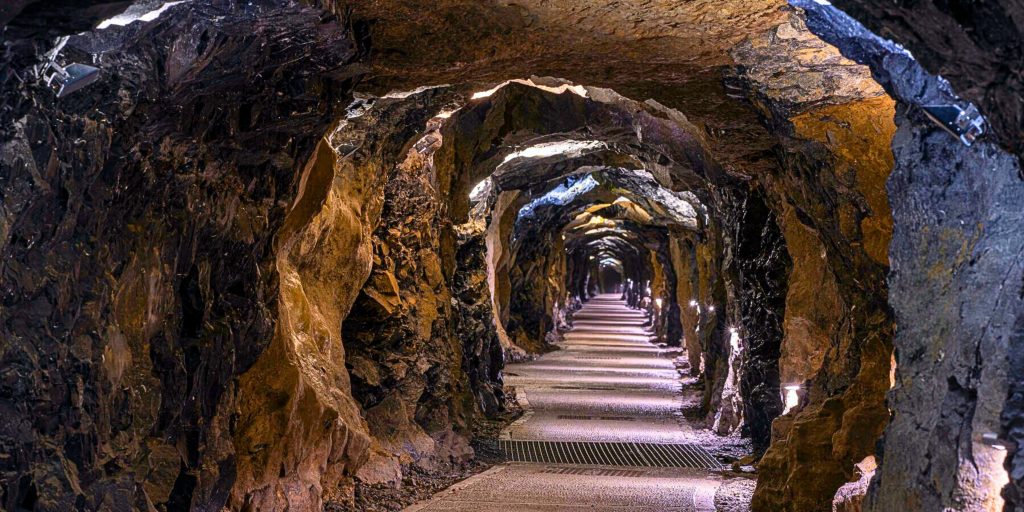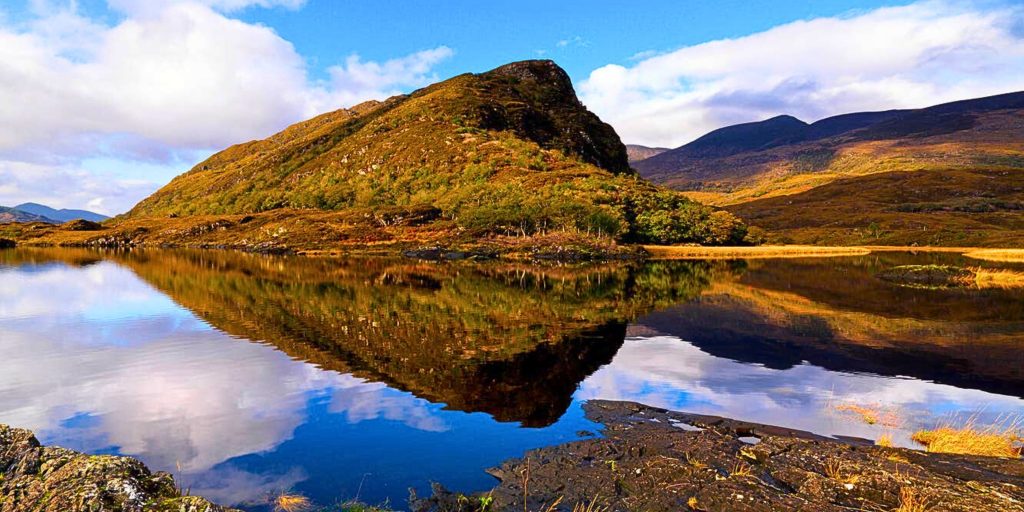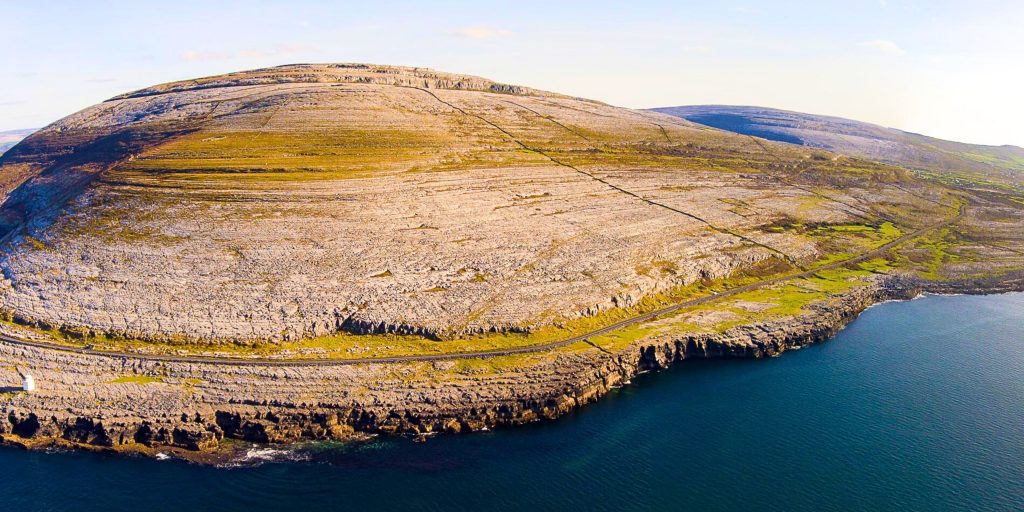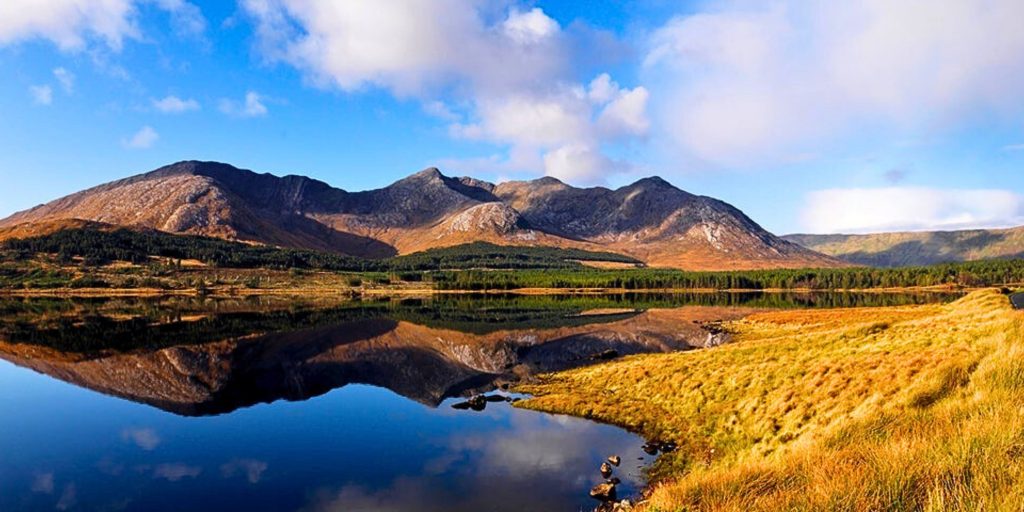About Inismaan (Inis Meáin)
Inis Meáin) is the middle island among the famous Aran Islands . It’s the smallest island in terms of permanent residents, with a population of around 160. Inis Meain is also the quietest in terms of visitors, and is seen as the most traditional of the three.
The island is about 9km squared. The spoken language is Irish, but the residents can usually speak English too. Tourists often opt to get around the island by horse and cart, or by a guided mini bus tour.
Lisheen, the main village, is located just seconds walk from the pier and the beach. You’ll find a number of restaurants on the island, but Teach Ósta, known for its traditional Irish music sessions, is a firm favourite.
Some of the main tourist attractions on the island include –
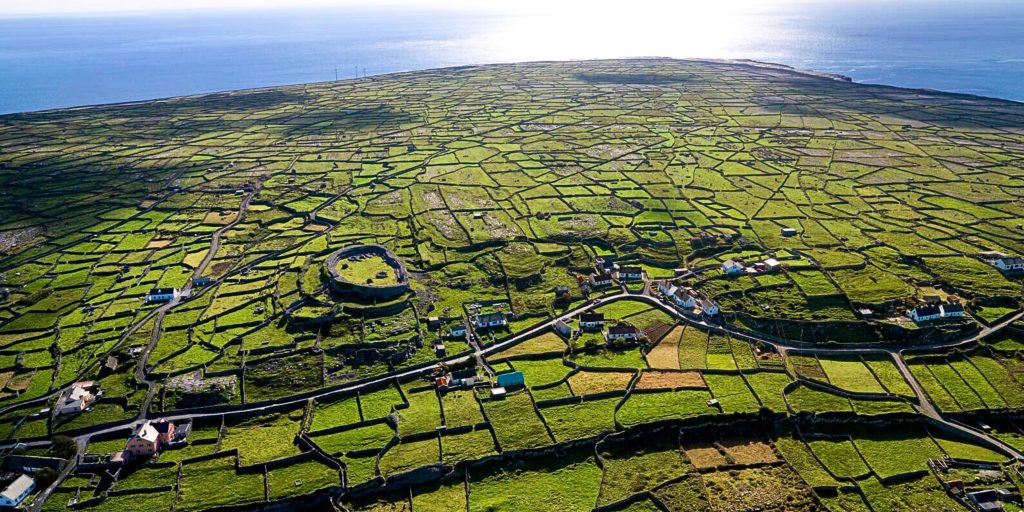
Dún Chonchúir: An oval fortress measuring up to 20ft in height. Because of its location, it has great views of the Inis Meain and the other Aran Islands.
Dún Fearbhaí : Another stone fort on the island that overlooks the main pier. It’s mostly known for its uncommon shape, as its’ hard edges make it into a square.
Cill Cheannanach: A well-preserved 8th Century church with excellent views over the Islands.
Teach Synge – John Millington Synge’s Cottage & Museum: The summer home of writer John Millington Synge. Here, Synge spent the summers from 1989 – 1902 working on his plays. The cottage has been converted to a small museum in his honour.
Cathaoir Synge (Synge’s Chair): This was the writer’s favourite place to sit on the island, for it’s great views overlooking the Atlantic.
About Inisheer (Inis Oírr), Aran Islands
Inisheer (Inis Oírr) is the smallest and most easterly of the famous Aran Islands. The entire island is about 8km squared and has a population of around 300. Like the other Aran Islands, the spoken language is Irish although locals can typically speak both English and Irish.
When you arrive on the island, there are usually coaches lined up waiting to take customers on guided tours. There is a small fee for these tours, payable directly to the driver. Alternatively, you could take a tour of the island by horse and cart, which is a bit more expensive. There are also places to rent a bike, which is the most common way to explore the island.
The main village is called Baile an Lurgáin, which is walking distance from the pier. In the village, you will find the local shop, pubs, B&Bs and restaurants.
Some of the main tourist attractions on the island include –
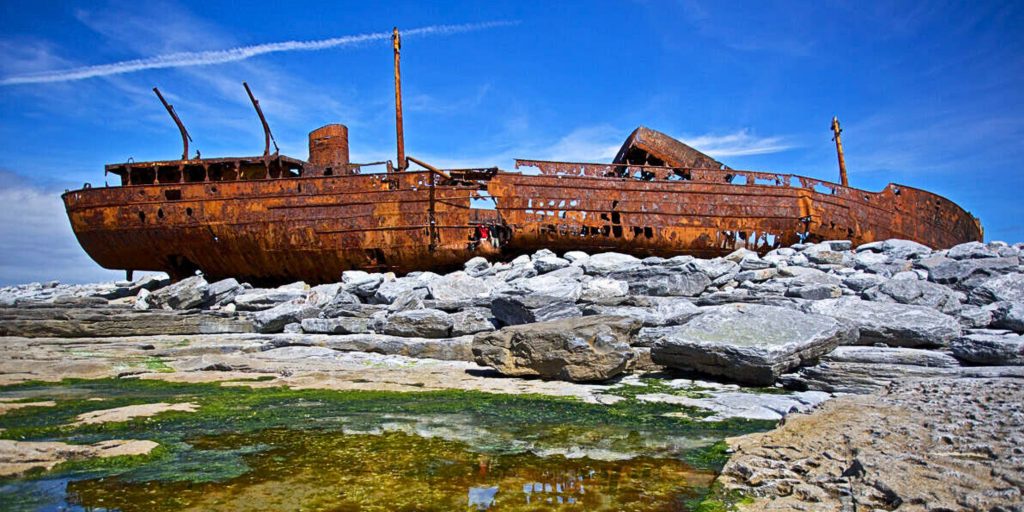
The Wreck of The MV Plassey: In 1960, the MV Plassey ran into Finnish Rock on Inisheer and the entire crew were rescued by a group of local men. The wreck was made famous when it featured in the opening credits of Father Ted.
O’Brien’s Castle: This castle ruin is located on one of the highest points of the island overlooking the beach and pier. It is thought to have been built in 14th century.
An Trá Beach: As you approach Inisheer by boat, you can’t miss seeing the white sandy beach known simply as ‘An Trá’ which in English means ‘The Beach!’ On a fine day, the water is a beautiful shade of blue.
Áras Éanna Arts Centre: Inisheer has a dedicated arts and culture centre which displays traditional Irish and modern arts. The centre has a programme of events and exhibitions from local artists on the islands which changes frequently.
About Inishmore (Inis Mór), Aran Islands
Inishmore (Inis Mór) is the biggest and most populated of the Aran Islands. The entire island is about 30km squared. The spoken language is Irish although locals can usually speak both English and Irish. The locals are dedicated to preserving traditional Irish culture and so traditional Irish music is very much alive in Kilronan, the islands main village.
When you arrive on the island, there are usually mini buses lined up, waiting to take prospective clients around all the major sites. There is a small fee for these tours. You can also usually take a tour of the island by horse and trap which is more expensive than the bus tour. There are also several bike hire companies, should you wish to see the island that way!
Some of the main tourist attractions on the island include –
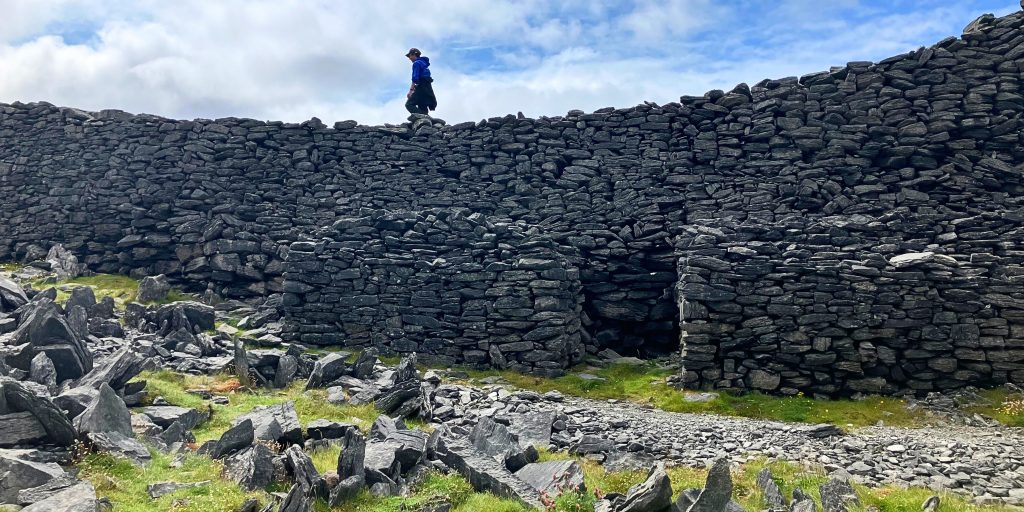
Dun Duchathair (The Black Fort): This fort is situated on the cliffs near Cill Éinne. It is a lot quieter than Dún Aonghasa in terms of visitor numbers. The fort is not easy to access, so wear good walking boots and prepare for a bit of a trek if you wish to visit!
Dún Aonghasa Fort & Visitor Centre: A superb example of an Iron or Bronze Age Promontory Fort, standing dramatically at the edge of a 100 metre high cliff! The on-site visitor centre will tell you more about how and why it was built.
The Worm Hole: A natural rectangular shaped pool at the bottom of the cliffs south of Dún Aonghasa.
Kilmurvey Beach: Kilmurvey is a beautiful sandy beach found just off the road between Kilronan and Dun Aengus.

